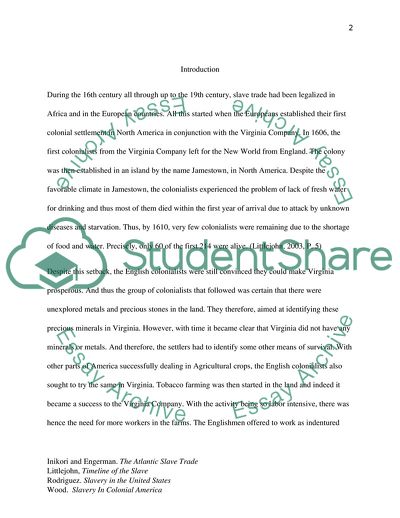Cite this document
(Slave Trade to America Literature review Example | Topics and Well Written Essays - 2000 words, n.d.)
Slave Trade to America Literature review Example | Topics and Well Written Essays - 2000 words. https://studentshare.org/history/1779398-slave-trade-to-america
Slave Trade to America Literature review Example | Topics and Well Written Essays - 2000 words. https://studentshare.org/history/1779398-slave-trade-to-america
(Slave Trade to America Literature Review Example | Topics and Well Written Essays - 2000 Words)
Slave Trade to America Literature Review Example | Topics and Well Written Essays - 2000 Words. https://studentshare.org/history/1779398-slave-trade-to-america.
Slave Trade to America Literature Review Example | Topics and Well Written Essays - 2000 Words. https://studentshare.org/history/1779398-slave-trade-to-america.
“Slave Trade to America Literature Review Example | Topics and Well Written Essays - 2000 Words”. https://studentshare.org/history/1779398-slave-trade-to-america.


